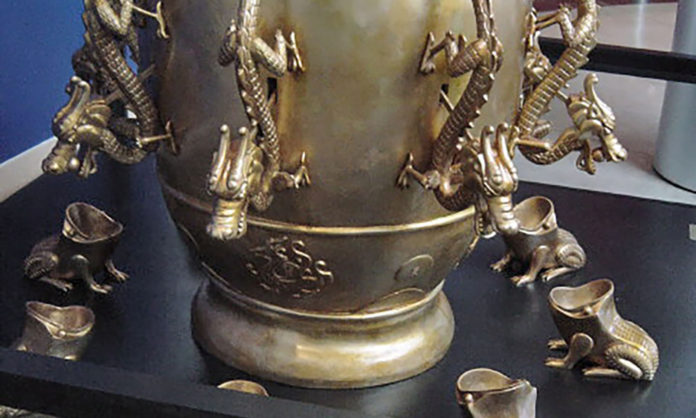
You might think the seismograph – the device used to detect geologic movement indicating an earthquake – was a modern invention. Not so! The first known seismoscope was invented in 132 AD by Chinese astronomer, mathematician, engineer, geographer and inventor, Zhang Heng. The device was remarkably accurate in detecting earthquakes and did not rely on shaking or movement in the area where the device was located.
Rather, a temblor would cause a stick to topple in the direction of the shock, triggering one of eight brass dragons to open its mouth and release a bronze ball into the mouth of one of eight brass frogs below. The sound of the ball landing would alert Heng to the earthquake and provide a rough idea of its origin. Contemporary accounts say the device was accurate. When it was tested in 2005, the ancient device detected earthquakes as accurately as modern seismographs.
An interesting story to be fictionalized. What other modern devices might have ancient predecessors? How were these secrets lost or buried? What happens next?











